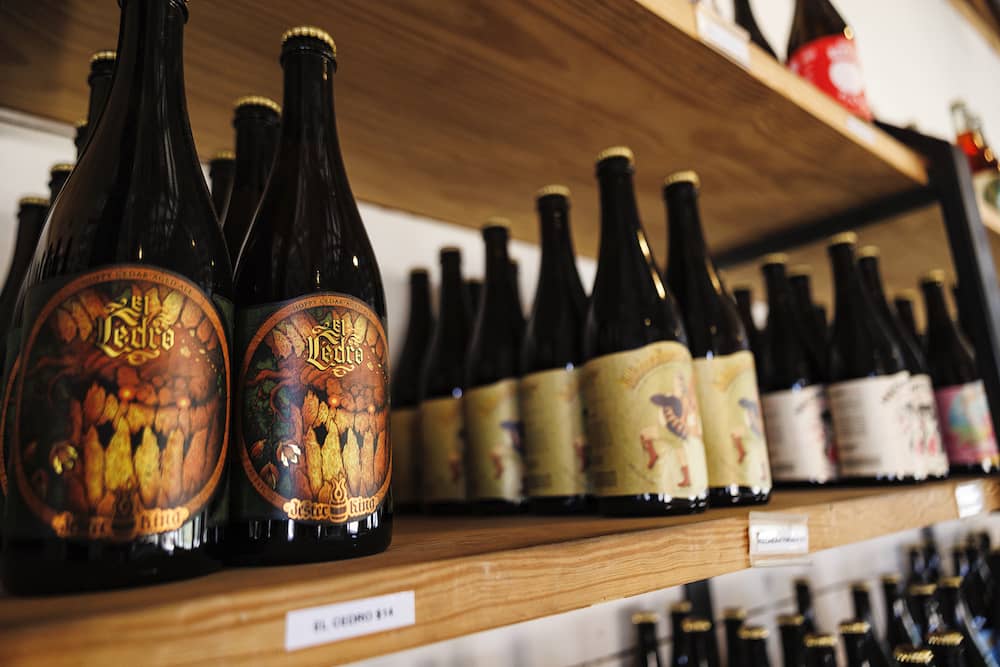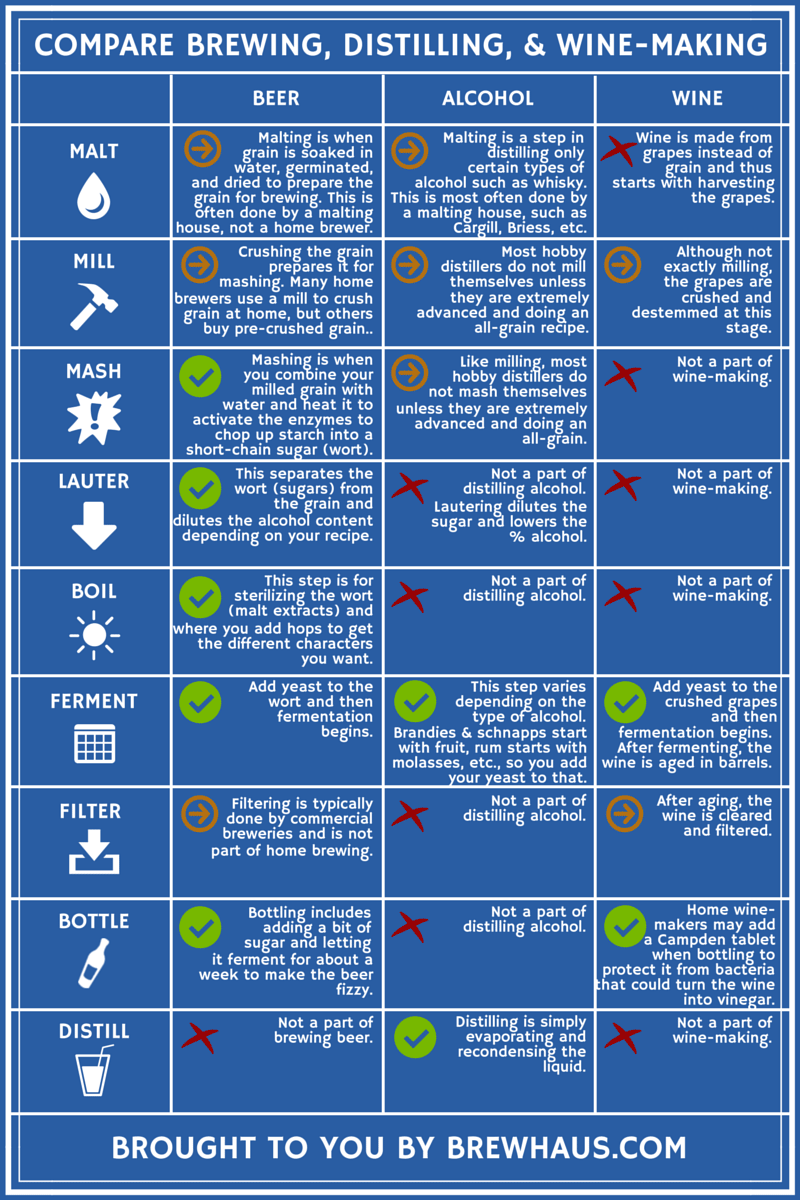Breweries in Galveston Texas: Neighborhood Craft Beer Adventures
Mastering the Craft of Purification: a Deep Study Distillery Traditions
Discovering the intricate art of purification reveals a globe steeped in classic practices that have actually formed the spirits we appreciate today. From the ancient beginnings of purification methods to the modern-day development of distillery tools, each step in the process brings with it a rich tapestry of background and experience. As we look into the fragile balance of typical versus modern distilling practices and discover the significance of crucial ingredients, a deeper understanding arises of the profound influence distillery traditions carry the spirits we savor.
Beginnings of Distillation Methods
The advancement of distillation techniques has a rich history that traces back to old human beings. The principle of dividing parts based on their various boiling factors laid the structure for the advanced distillation processes we have today.
The earliest evidence of distillation dates back to around 3000 BC in Mesopotamia, where clay pots were used to boil down fragrances and fragrant oils. The Egyptians better progressed these strategies, making use of purification for medicinal purposes and embalming practices. The Greeks, notably numbers like Aristotle and Hippocrates, added to the academic understanding of purification.
Over time, distillation spread to regions like India, China, and the Middle East, each culture adding its distinct touch to the craft. The evolution of distillation techniques proceeded via the Middle Ages and the Renaissance, ultimately causing the diverse array of distillation processes used in modern-day distilleries worldwide.
Development of Distillery Equipment

With advancements in technology and a much deeper understanding of the distillation procedure, modern-day distilleries currently use a range of sophisticated tools to create spirits of the best quality. Today, purification equipment consists of column stills, reflux stills, and hybrid stills, each designed to accommodate certain distillation demands. These contemporary stills provide better temperature level policy, increased purification accuracy, and higher effectiveness in separating alcohol from impurities.
Along with stills, distilleries currently make use of sophisticated condensers, fermenters, and filtration systems to more improve the distillate. The evolution of distillery tools continues to play an important duty fit the varied range of spirits offered out there today.
Standard Vs. Modern Distilling Practices
Conversely, contemporary distilling methods utilize sophisticated modern technology and technology to simplify manufacturing procedures and boost uniformity. Automated systems, electronic controls, and advanced devices allow contemporary distilleries to produce spirits more efficiently and with better accuracy.
While typical distilling techniques are treasured for their heritage and the special tastes they generate, contemporary techniques provide advantages in terms of scalability, quality control, and sustainability. By incorporating clinical advancements and modern design, distillers can enhance production, decrease waste, and meet the needs these days's market better. Eventually, the option between modern-day and standard distilling methods usually relies on the distillery's objectives, worths, and target market.
Trick Active Ingredients in Purification Process
Within the craft of purification, the option of vital active ingredients plays an essential function in identifying the flavor account and top quality of the spirits generated. The primary active ingredients utilized in the distillation process are commonly water, yeast, and a fermentable resource such as grains, fruits, or sugarcane.
Water is a fundamental part as it not only weakens the alcohol content to a tasty degree however also influences the general mouthfeel and texture of the spirit. The top quality and mineral content of the water made use of can considerably influence the final item.
Yeast is one more essential component that converts the sugars existing in the fermentable source right into alcohol through the procedure of fermentation. Different pressures of yeast can create varying tastes and aromas, adding to the special attributes of the spirit.
/cdn.vox-cdn.com/uploads/chorus_image/image/69556938/305221803_513900044071408_5111142127981802908_n.7.jpg)
Influence of Distillery Traditions on Spirits
The influence of historical distillery customs on spirits expands beyond the option of essential active ingredients, shaping the really essence and personality of the last distilled products (Galveston Liquor). These practices, passed down via generations, play a vital role in defining the unique preference accounts and qualities that identify one spirit from another
Distillery practices encompass a vast array of practices, from the particular strategies utilized in purification to the option of maturing processes utilized. The usage of traditional copper pot stills in whiskey manufacturing is thought to present certain flavors and attributes that are very valued by connoisseurs. Similarly, the aging of spirits in oak barrels, a method deeply rooted in distilling customs, adds to the growth of intricate aromas and flavors Homepage over time.

Final Thought
From the beginnings of purification methods to the contemporary methods, the effect of distillery customs on spirits is indisputable. Distillery customs play an important function in shaping the spirits industry and preserving the heritage of distillation techniques.
Throughout the background of purification, the devices utilized in distilleries has gone through significant evolution to enhance efficiency and top quality of the purification procedure.With improvements in innovation and a deeper understanding of the distillation procedure, contemporary distilleries now utilize a selection of innovative devices to create spirits of the highest top quality. Today, purification tools includes column stills, reflux stills, and hybrid stills, each made to cater to specific distillation needs. From the origins of distillation strategies to the contemporary methods, the impact of distillery address customs on spirits is indisputable. Distillery customs play a vital duty in forming the spirits industry and protecting the heritage of distillation techniques.